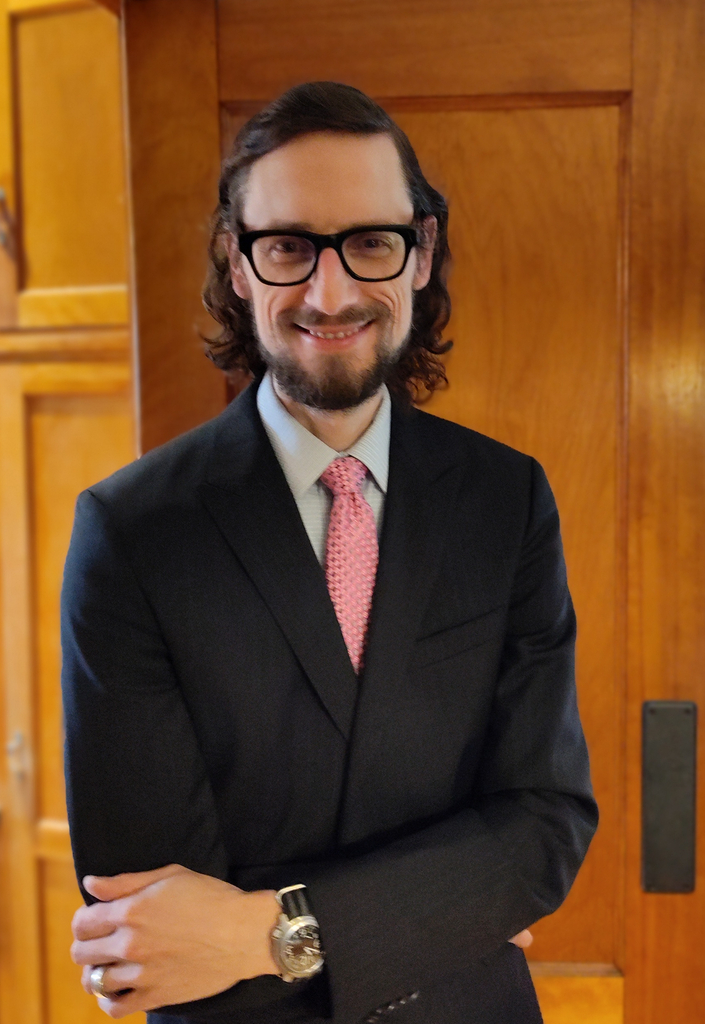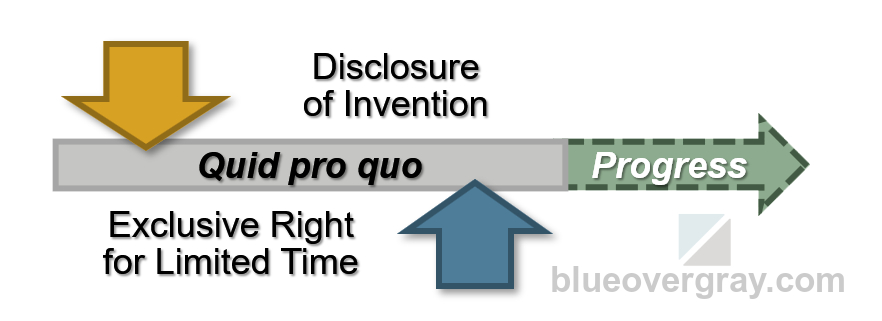Trademark Law Is Directed Against Forms of Unfair Competition
Trademark law is part of unfair competition law. It generally prohibits uses of trademarks (or service marks), trade names, and trade dress that are likely to cause confusion about the source of a product or service. Trademark infringement law traditionally protects consumers from being misled by the use of infringing marks. It is the source-distinguishing ability of a mark that permits it to serve that basic purpose.
We say that marks must be sufficiently “distinctive” to be able to serve as a protectable mark. Generic, merely descriptive, and functional things do not serve a source-identifying function and therefore are not protected by trademark law. For instance, trademark law does not allow someone to obtain a complete monopoly on use of a descriptive term simply by grabbing it first. Terms that are or that become generic are also not protectable. And functional features of goods are distinguished from things that identify their source.
In the U.S., trademark registration is optional—though it provides many benefits for the owner. Trademark laws generally apply even to use of unregistered marks. Rights in unregistered marks are referred to as “common law” rights.
There are both federal and state trademark laws in the United States. Federal or state trademark laws, or both, can apply in a given situation. Though usually federal law is the most important to consider; state laws tend to be similar but are geographically limited. Also, most countries have some form of trademark law, though these laws can differ considerably.
Long ago trademark rights were more limited to counterfeiting and palming-off situations. There has since been an expansion of trademark rights and unfair competition law through modern history. Things like “dilution” are are now addressed too. But these expansions have raised concerns, as have even the pre-modern policy foundations. Like a lot of things, judgments about what is fair or unfair competition tend to be subject to political disagreement. Of course, whether competition should be encouraged or discouraged is itself a normative policy position too.
Justification for trademark law on consumer protection grounds sometimes seems like a “Trojan horse”. Consistent with observations about early Twentieth Century U.S. law concerning business activity in general, trademark law seems to persist because of its ability to shield established firms from new-entrant rivals. In this sense, it fosters a polarization between a small number of highly-profitable firms and a large number of lower-profit firms. The ability of some firms to reap exclusive financial rewards that arise only because trademark laws exist has been partly acknowledged by courts. That those aspects can overshadow purported consumer protection benefits is not as frequently acknowledged, however.
Additionally, trademarks are sometimes said to protect “goodwill”. But is this goodwill held by the consumers in whose minds it arises, or is it some kind of customer loyalty built-up and cultivated around a mark that is the property of the business asserting trademark ownership? In other words, is it customers’ goodwill or the producer’s/supplier’s goodwill? U.S. courts have tended to adopt the latter view through the Twentieth Century. But such a policy has a character of colonization or propertization of the beliefs and views of the public. So this is yet another area where the policies behind trademark law are sometimes criticized.

Austen Zuege is an attorney at law and registered U.S. patent attorney in Minneapolis whose practice encompasses patents, trademarks, copyrights, domain name cybersquatting, IP agreements and licensing, freedom-to-operate studies, client counseling, and IP litigation. If you have patent, trademark, or other IP issues, he can help.


